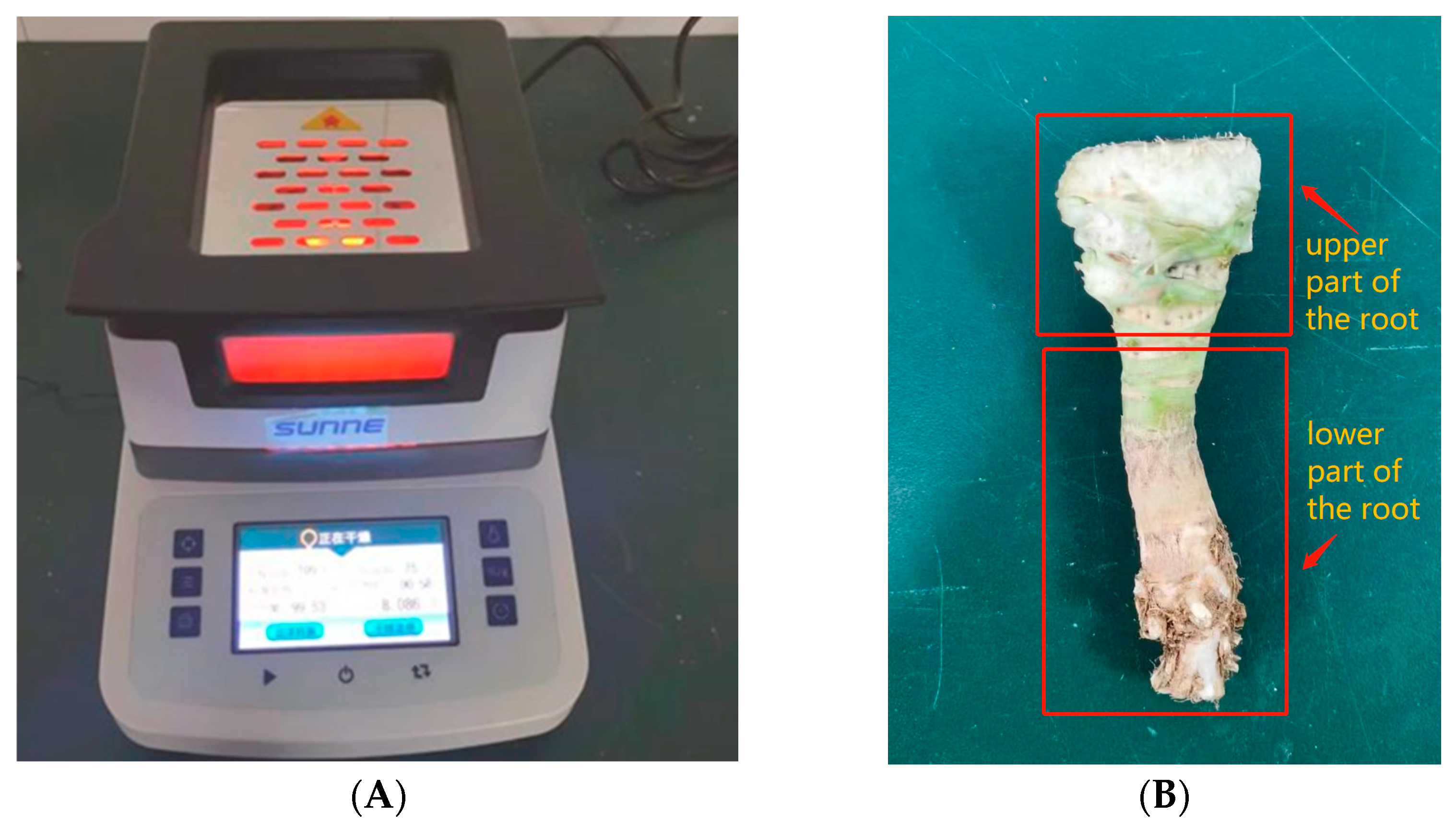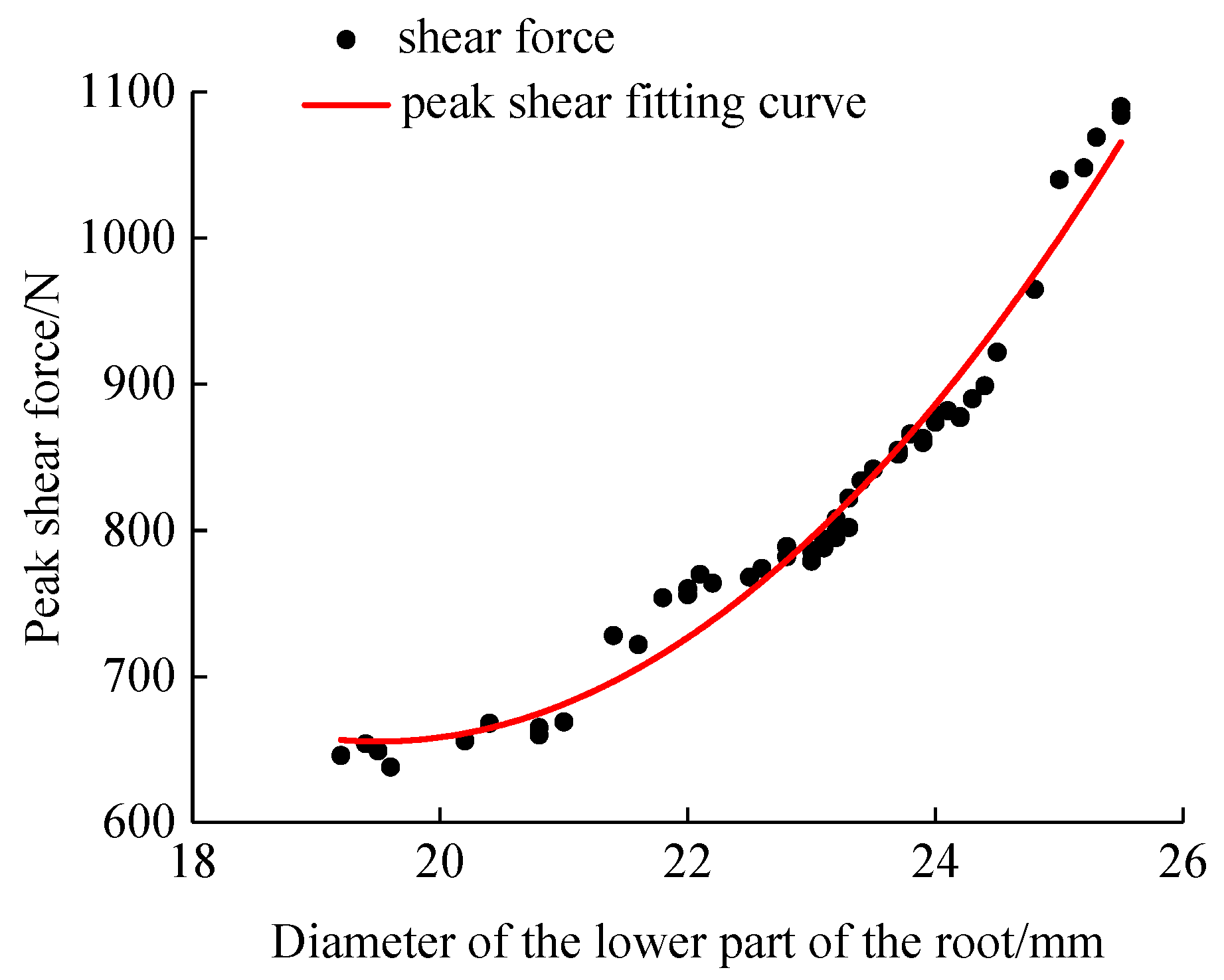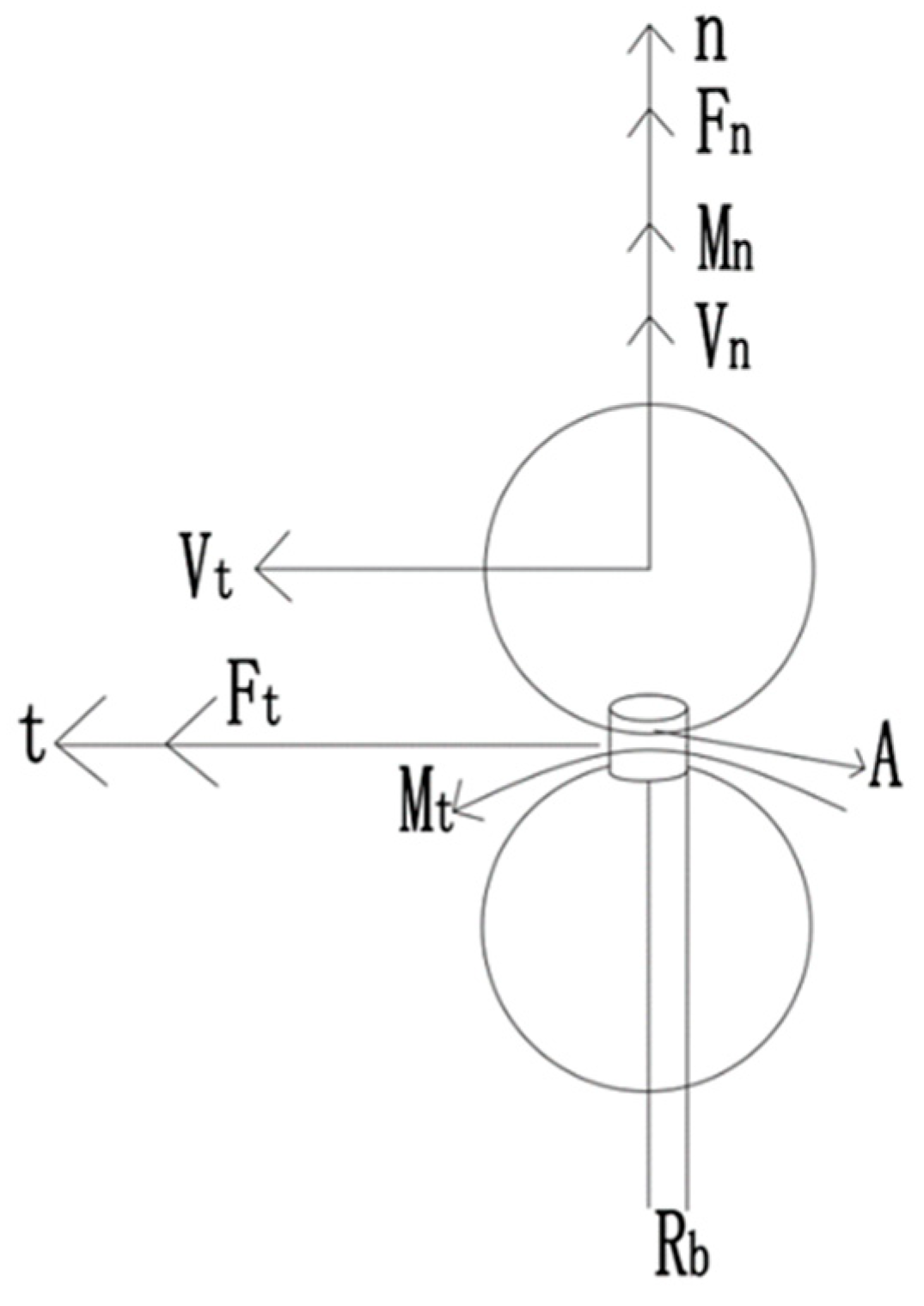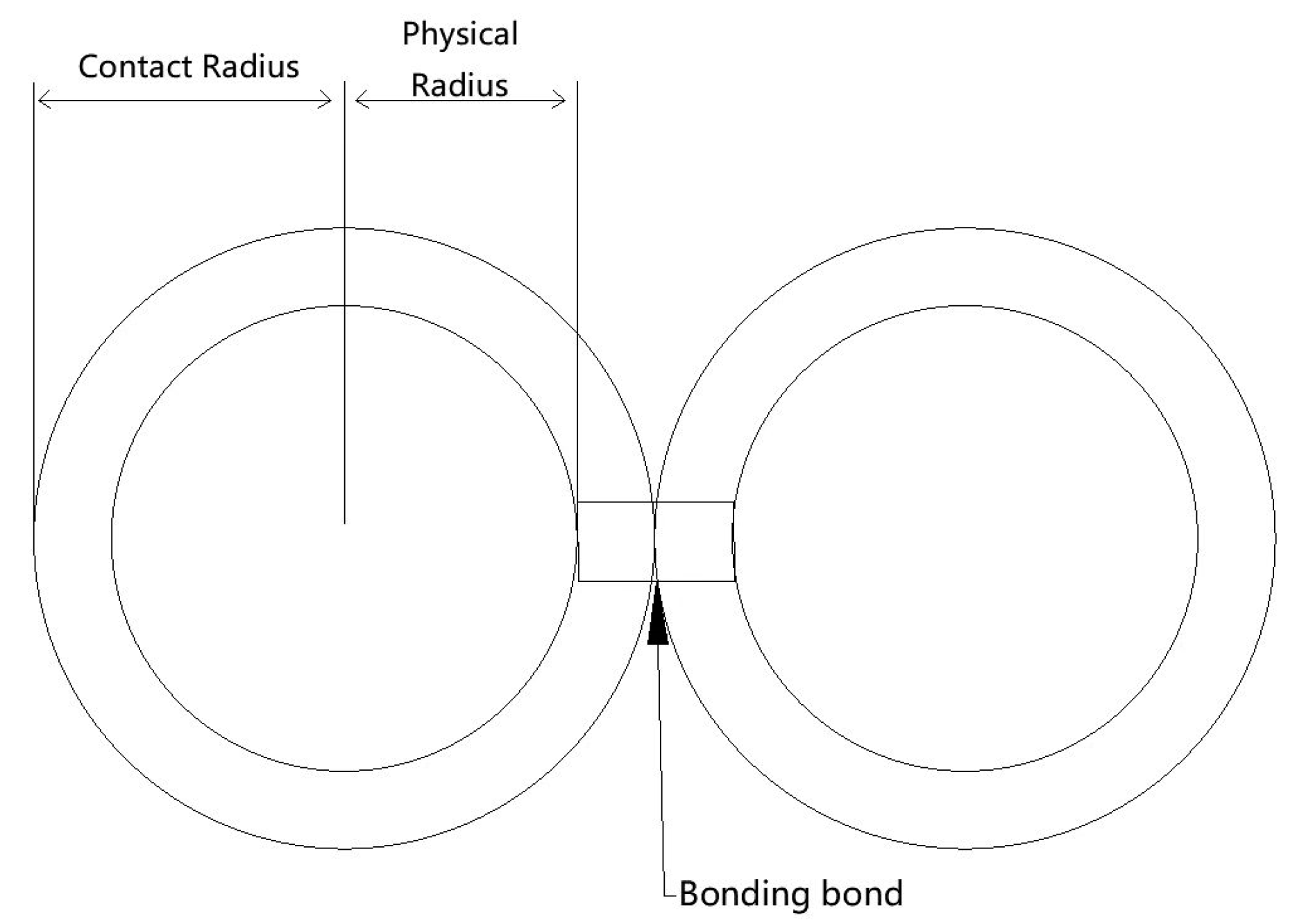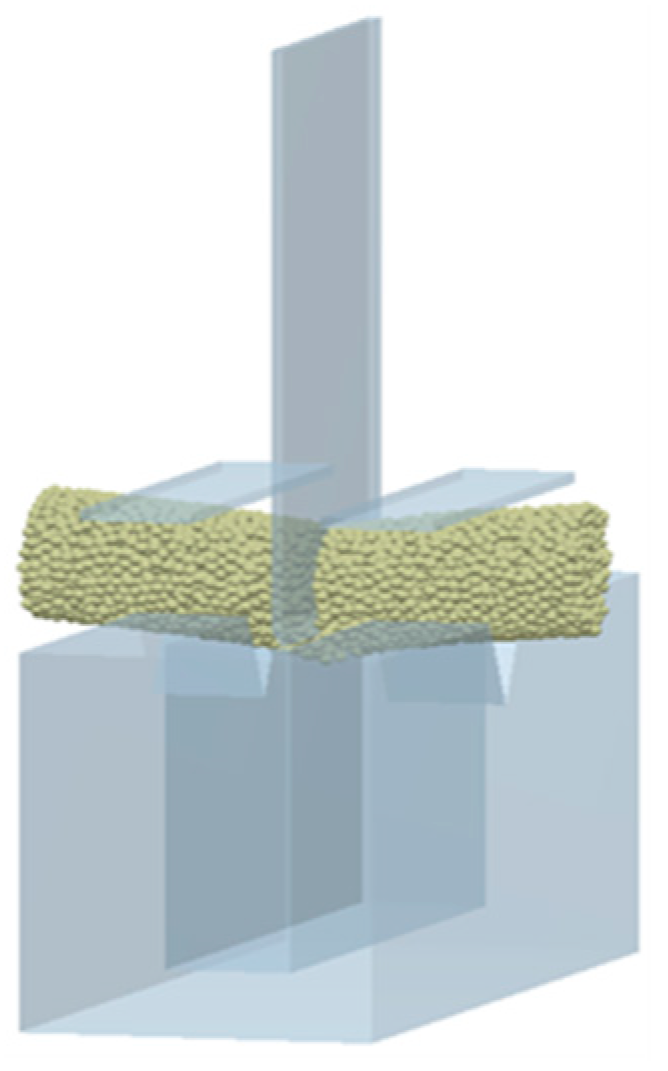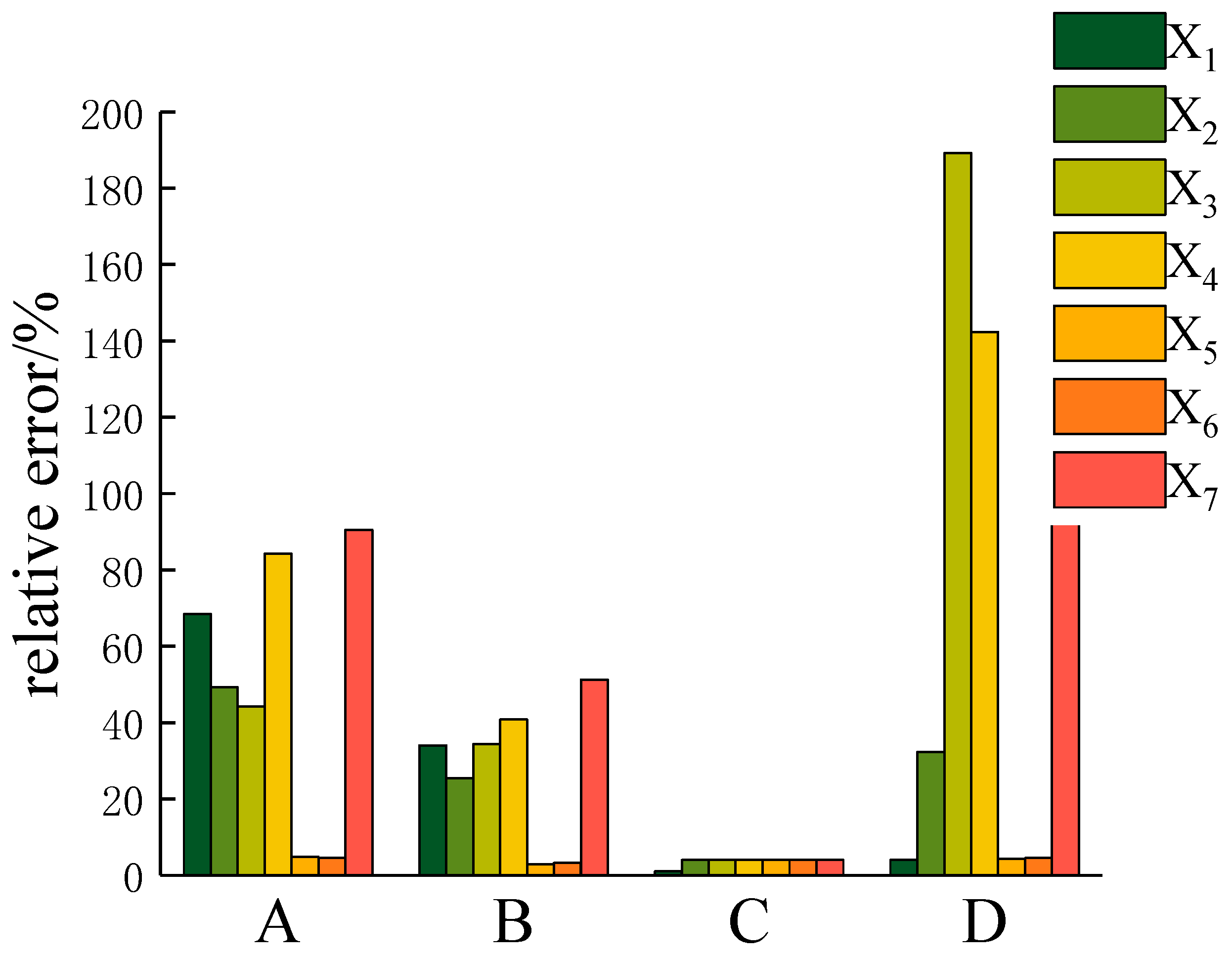Today, China’s kale-dominant production areas can be divided into four major production areas: the northern kale-dominant area, the middle and lower reaches of the Yangtze River, the southwest kale-dominant area, and the South China kale-dominant area. Among them, the kale-dominant area in the middle and lower reaches of the Yangtze River encompasses about 4.4 million mu (293,000 hm
2) of sown land, accounting for about 31% of the total area of the country. Here, the varieties are mainly flat-ball and oxheart types, with the area of round-ball types increasing each year [
1]. However, the region is still plagued by problems such as degradation of arable land, waste of resources, ecological damage, environmental pollution, serious disasters, and small scale. It is still impossible to use large-scale agricultural machinery in large quantities, and the problem of stubble in the soil after harvesting kale in the region is serious, with most of it having to be pulled out manually, which is a waste of manpower and an underutilization of resources. Growing kale in successive seasons induces cruciferous rhizomatosis, which is characterized by abnormal tumorous swelling of the infected root system, leading to reduced drought resistance and inadequate nutrient distribution and resulting in reduced crop yields. Cruciferous rhizomatosis is one of the most damaging diseases in cruciferous crops worldwide [
2]. Therefore, most kale is grown under rotation in Hunan, which makes it feasible to return kale root stubble directly to the field after harvest. However, kale root stubble cannot rot quickly if returned to the field without treatment, resulting in nutrients not being absorbed by the soil. Thus, after harvest, the root stubble can be directly returned to the field using mechanical crushing and rototilling, which can make full use of the root stubble’s nutrients and is not labor intensive. Based on the above cultivation methods and kale stubble characteristics, the establishment of a suitable kale stubble model and the calibration of its simulation parameters are conducive to the study and optimization of the problems that will arise in the actual process of kale stubble crushing and returning to the field.
The discrete unit method is widely used in crop root and straw calibration, and some scholars have achieved more results. Using discrete element method modeling software, Zhao Jikun et al. developed a discrete element mechanical model of rice straw and calibrated the model parameters [
3]. Nona et al. developed a physical parameter model to describe the compression properties of wheat straw and hay using compression tests [
4]. The friction coefficient, normal stiffness, and tangential stiffness of the crops were calibrated using different shear test parameters with a relative error of less than 2% [
5]. Fang used the stacking angle test to calibrate the simulation parameters for the static and rolling friction coefficients with an average relative error of only 0.29% [
6]. To improve the accuracy of the simulation results of maize straw, Tong Shihe et al. proposed a method to build a refined simulation model of maize straw based on the discrete element method (DEM) to construct simulation models of stalked and unstalked straw [
7]. Schramm et al. used EDEM to calibrate the modulus of elasticity and Poisson’s ratio of wheat straw in a three-point bending simulation test and a uniaxial compression simulation test; the relative error with the physical test results was only 3.11% [
8]. To solve the lack of accurate models available for the discrete element modeling of rice clearing material clogging and improve the accuracy of the parameters used in discrete element modeling and simulation studies of rice plants, Hou J et al. used the Plackett–Burman, Central Composite, and Box–Behnken test methods based on the discrete element HBP simulation model parameters and bonding parameters for discrete element simulation calibration and the discrete element modeling of rice plants to provide a parametric basis for discrete element simulation studies [
9]. In order to obtain the discrete elemental simulation parameters of straw biochar, Yawen Zhang et al. used a combination of simulation analysis and physical tests to calibrate the contact parameters of biochar. Three significant parameters in the discrete element simulation parameters of straw biochar were finally determined by the Plackett–Burman test, the steepest climb test, and the Box–Behnken test. Comparison of the stack angle test with its Rocky discrete element simulation results showed that the error of the determined parameters was 2.0% and the error of the determined parameters was 3.0%. The determined parameter error is only 2.33% [
10]. Maraldi M et al. conducted compression tests on rice straw and analyzed the relationship between the mechanical properties, such as Poisson’s ratio and elastic modulus, and the geometry and density of rice straw after baling [
11]. Using a discrete element model, Wenhang Liu et al. established bonded particle models of epidermis–epidermis, internal flesh–internal flesh, and epidermis–internal flesh based on the Hertz–Mindlin model. Then, physical tests and simulation optimization design methods were combined to validate the discrete element model and verify the feasibility of the discrete element model for simulation analysis [
12]. Based on the experimental results of the physical stacking angle of moso bamboo Phyllostachys edulis powder, Dong Liu et al. used a combination of discrete element method (DEM) simulation and design of experiments (DOE) to obtain the quadratic regression model of the contact parameters between the stacking angle of the bamboo powder and the simulation parameters by using the Plackett–Burman (P-BD) experiments, the slope-climbing experiments, and the response surface experiments. The polynomial regression model and the optimal combination of contact parameters were predicted using the physical stacking angle as the target value. The DEM calibration method of this study can provide a reference for the subsequent development of material models for assessing the kinematic behavior of biomass particles and their interaction with equipment [
13]. Zhang Tao et al. used the relative error value of the radial stacking angle as an evaluation index to calibrate the contact parameters of corn straw and kneader hammer, corn straw, and corn stover; the relative error between the true results and the experimental results was 8.127% [
14]. The discrete unit method can simulate the microstructure and interaction forces of the root stubble, so it can obtain higher accuracy simulation results and simulate the movement and deformation of the root stubble, which is of great significance for the study of its mechanical properties. Kale, as an important agricultural crop in China, is widely grown throughout the country. Kale likes a humid climate but does not like heat. The optimum temperature for kale growth is 10–20 °C. In addition, kale does not tolerate drought and water damage and requires a loose, fertile soil type. Therefore, kale is widely grown in central and southern China. Most of kale’s post-harvest treatment involves manual plucking or plucking and concentrated composting. In some areas, kale is mechanically shredded and returned to the field. In this paper, the discrete unit method is used to establish a kale root particle model, and the Hertz–Mindlin with bonding V2 contact model is used to determine parameters such as kale bonding stiffness and the ultimate stress shear modulus through kale root shear damage tests and response surface tests. The results provide reference values for the discrete element modeling method of kale roots or kale simulation mechanical tests.

